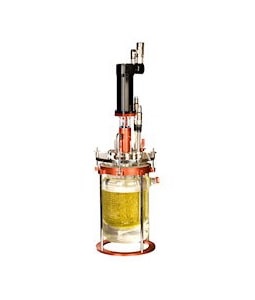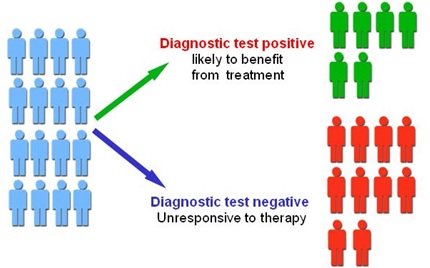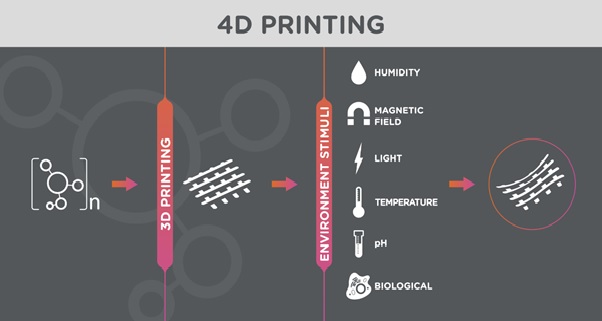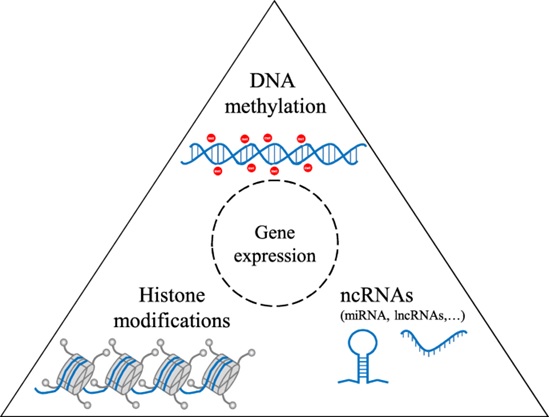Future of Gene Sequencing in 2021
DNA sequencing is a laboratory technique used to determine the exact sequence of bases (A, C, G, and T) in a DNA molecule. The DNA base sequence carries the information a cell needs to assemble protein and RNA molecules. DNA sequence information is important to scientists investigating the functions of genes. The technology of DNA sequencing was made faster and less expensive as a part of the Human Genome Project.[1]
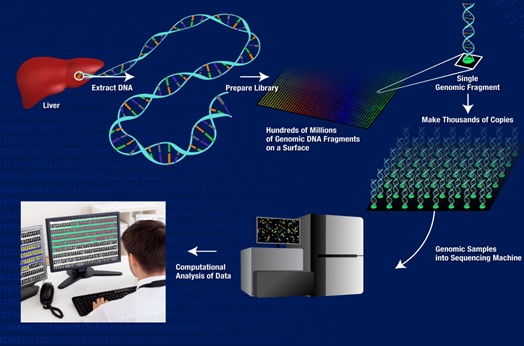
Figure 1. The Future of Gene Sequencing in 2021
Figure 1 shows The reduction in cost and speed of sequencing has fuelled an expansion of its use. Some analysts predict the global market will grow from $5.9 billion (£4.3 billion) in 2020 to $23 billion by 2025. When Illumina’s vice president, Mark Ross, joined the company in 2007, ‘the possibility that you could generate a whole human genome sequence in just a couple of months was a huge revelation’. He remembers sceptically asking colleagues if they thought the technology could be improved. ‘It’s proven to be a very naive question,’ he jokes.
He puts Ilumina’s success down to its ‘beautifully elegant method,’ and the R & D investment the company makes: in 2020, Illumina invested $682 million, which is about 21% of its revenue. This has so far reduced the cost of generating a human genome to $600, as well as improving accuracy and the length of individual DNA fragments.[2]
Will the next 40 years bring
Prognosticators are typically wrong about which technologies — or, more importantly, which applications — will be the most disruptive. In the early days of the Internet, few predicted that e-mail that would achieve staggering popularity. Similarly, traders on Wall Street and investors in Silicon Valley failed to foresee that games, online video streaming and social media would come to dominate the use of today's available processing power and network bandwidth.
We would probably fare no better in predicting the future of DNA sequencing. So instead, we offer a framework for thinking about it. Our central message is that trends in DNA sequencing will be driven by killer applications, not by killer technologies.
In demand
Improvements in a technology can either increase or decrease demand. Microsoft co-founder Bill Gates famously cited radial tyres as an example of the latter: because they were more durable than earlier designs, the need for tyres dropped and the tyre industry shrank.
We think that DNA sequencing will follow the pattern of computing and photography, not of tyres. As it becomes cheaper and more convenient, applications will proliferate, and demand will rise (see 'Better, cheaper, faster'). As DNA sequencing breaks out of the research market and into clinical, consumer and other domains, the rule of 'more supply means more demand' will hold ever more strongly.[3]
References:
- https://www.genome.gov/genetics-glossary/DNA-Sequencing
- https://www.chemistryworld.com/news/the-future-of-next-generation-dna-sequencing/4014391.article
- https://www.nature.com/articles/550179a
Cite this article:
Thanusri swetha J (2021), Future of Gene Sequencing in 2021, AnaTechMaz, pp. 10







